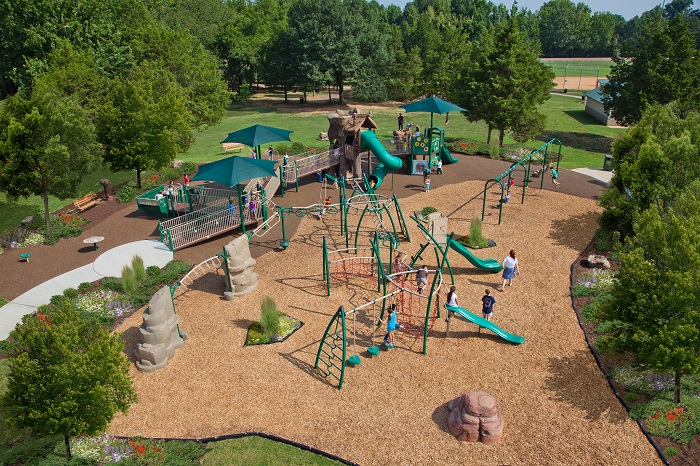Location doesn’t just matter when buying or selling a house. It also matters for other amenities such as parks and playgrounds. The location of your park or playground will affect how much traffic you get, as well as the design architecture that you choose. To create a fun and functional outdoor recreation space, it’s important to consider the location and its surroundings.
In this post, we’re going to explore how the location of your playground, park or outdoor recreation space will impact its design architecture, and the various aspects to consider.

Assess the Site
Some of the most popular places to build playgrounds are community parks, park and recreation centers, schools, recreational facilities and other organizations. Look at other playgrounds built in these areas to highlight potential issues that you may come across like busy streets, large parking lots, noise from other facilities and uneven topography.
For example, if the topography isn’t level, it’s going to make your design more complex. More complexity in design generally means more money. However, you can make things work by utilizing berms with ramped play spaces, terraced play areas, and hillside slides. Or—you can choose a site that doesn’t need major grading or complex design to save time and money.
Before building a playground, or any other outdoor recreation space, you’ll want to evaluate any land issues to be aware of, as they are likely to affect your project.
- The main considerations are the type of soil, groundwater and seepage and how the land drains
- Accessibility factors for both street access as well as an ADA accessible pathway to the park or playground, parking
- Entryways, will fencing or lighting be needed
- Does the site have some historical significance
- Required building or land permits
Assessing the site involves many facets and can be a time consuming and lengthy process, but it is most important. Missing important aspects of accessing the site can be very costly, and result in additional work, funding and more importantly an unhappy client.
Utilize Trees and Plants

One of the best parts about spending the day at the park is that families get to enjoy the great outdoors. Adding trees, flowers and shrubs to the area can enhance the space and provide shade and privacy while adding to the natural environment. Some plants and flowers can even attract wildlife such as beautiful butterflies!
Be thoughtful of where you plan to place site amenities like benches, picnic tables and garbage receptacles. People will prefer seating under a giant tree because it offers shade and comfort. The best playgrounds have shaded spots, rain coverings and overlooks, allowing for many different ways to use and enjoy the space.
Account for Underground Utilities
Even though park goers won’t see the utilities, they’re a necessary part of how your playground functions. Some utilities are buried under the ground, so you will need to contact the city to identify where the utilities are and which spots to avoid. These include power, gas, cable, phone, water and sewer lines.
The local utility company can also mark where the underground utilities are to avoid potential conflicts and hazards during the building phase. Plus, being proactive will allow you to plan an accurate design for your playground or outdoor recreation space. For example, you might place your playground opposite your splash pad, drinking fountains and restrooms. Thus, all your plumbing will be installed on one side, out of the way of the playground. Careful planning and thoughtful design can save your clients time and money.
Start Your Playground Project Today
There are many factors that go into designing a playground or outdoor recreation space – this is just the beginning! That being said, the location of your playground will influence many aspects of your design, from where people enter to how visitors use your park playground or outdoor recreation space. To discuss your playground project or outdoor recreation space design, contact CR Studio Design today.
